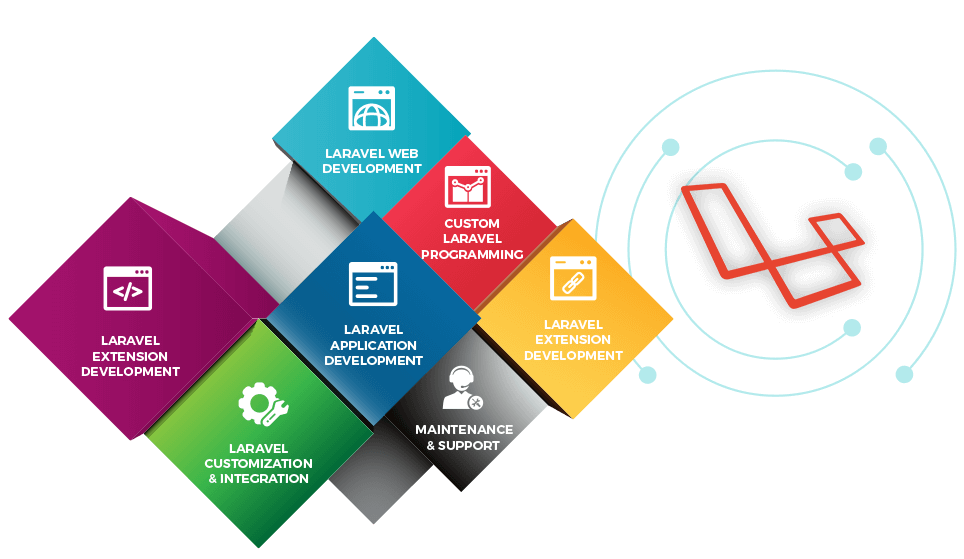
Topic: The Role of Brand Trust in Converting Leads Online
There is a crucial role of brand trust in converting leads online. Brand trust is the consumers’ confidence in a brand’s reliability and integrity. This trust is fundamental in distinguishing a brand and has a direct impact on online conversion rates.
Trusted brands enjoy higher purchase rates, recommendations, and customer loyalty.
How Digital Marketing Relates to Brand Trust
Digital marketing is integral to establishing and maintaining brand trust. Effective digital marketing strategies ensure a consistent and trustworthy brand image through user-friendly interfaces, engaging social media presence, and valuable content.
- User Interface (UI) and User Experience (UX)
A well-designed website or app enhances trust. Key elements include intuitive navigation, fast load times, and mobile-friendliness, which ensure a positive user experience. A professional, user-friendly digital presence fosters reliability and encourages visitors to convert into leads and customers.
Our experience helping SMEs in Singapore as a digital marketing agency demonstrates this.
- Branded Messaging on Social Media and Online Platforms
Tailored messaging on social media and online platforms humanizes a brand and builds trust. Engaging with the audience authentically shows the brand’s commitment to its customers, creating a strong foundation of trust.
How to Build and Maintain Brand Trust Online
- Authenticity and Values Alignment
Authenticity can be a key to building trust. Brands need to align their messaging with the values of their target audience.
This alignment demonstrates that the brand understands and cares about what is important to its customers.
Authentic brands that are transparent and genuine, which helps establish a strong connection with the audience.
- Effective Communication and Personalization
Tailored messaging and personalized interactions strengthen trust by making customers feel valued and understood.
Personalized emails, targeted content, and relevant recommendations demonstrate that the brand pays attention to individual preferences and needs, which significantly enhances trust.
- Content Marketing and Value Proposition
Valuable, educational content is instrumental in establishing authority and trust with potential customers.
Providing insights, solving problems, and offering useful information positions brands as experts in their field. This approach attracts potential customers and builds long-term trust.
- Online Customer Experience
Exceptional customer service and support are crucial for enhancing brand trust. Providing prompt, helpful, and friendly service demonstrates that the brand values its customers’ business and is dedicated to resolving any issues they may encounter.
This commitment to excellent service can be shown through various channels, such as live chat, social media, and email support. When customers feel heard and cared for, their positive experiences transform them into loyal advocates for the brand.
More often than not many brands ignore online customer experience and are only looking at media or traffic generation. Our SEO experts consulting Singaporean enterprises commonly feedback that businesses tend to ignore brand experience for traffic generation.
Measuring Brand Trust: Key Performance Indicators (KPIs)
To measure brand trust, businesses can use various KPIs such as customer loyalty, sentiment analysis, and engagement metrics. These indicators provide insights into how customers perceive the brand and their level of trust.
-
Conversion Rates for Lead Generation
Conversion rates is a quantifiable KPI used by our lead generation services for Singapore enterprises.
Conversion rates for lead generation are a direct KPI for measuring the effectiveness of your brand trust strategies. This metric shows the percentage of visitors who take a desired action, such as filling out a form or signing up for a newsletter.
- Customer Feedback and Net Promoter Score
Gathering and analyzing customer feedback is essential for assessing trust levels.
Tools like Net Promoter Score (NPS) gauge customer satisfaction and loyalty by asking how likely they are to recommend the brand to others. This feedback is invaluable for identifying areas of improvement and strengthening trust.
Conclusion
To conclude, prioritize exceptional customer service, employ effective digital marketing strategies, and deliver authentic value based messaging to ensure lead conversion rates and foster long-term brand loyalty and advocacy.






















